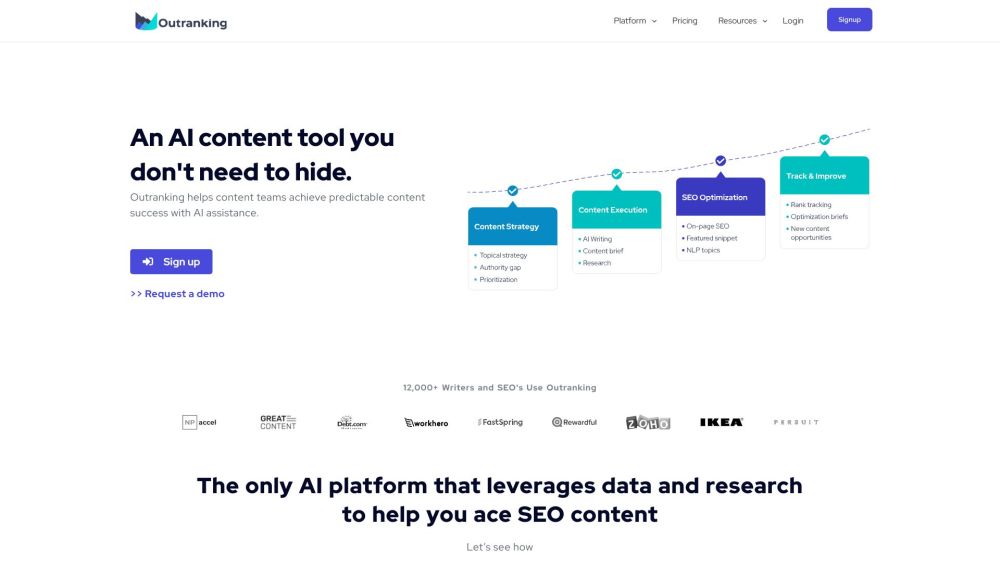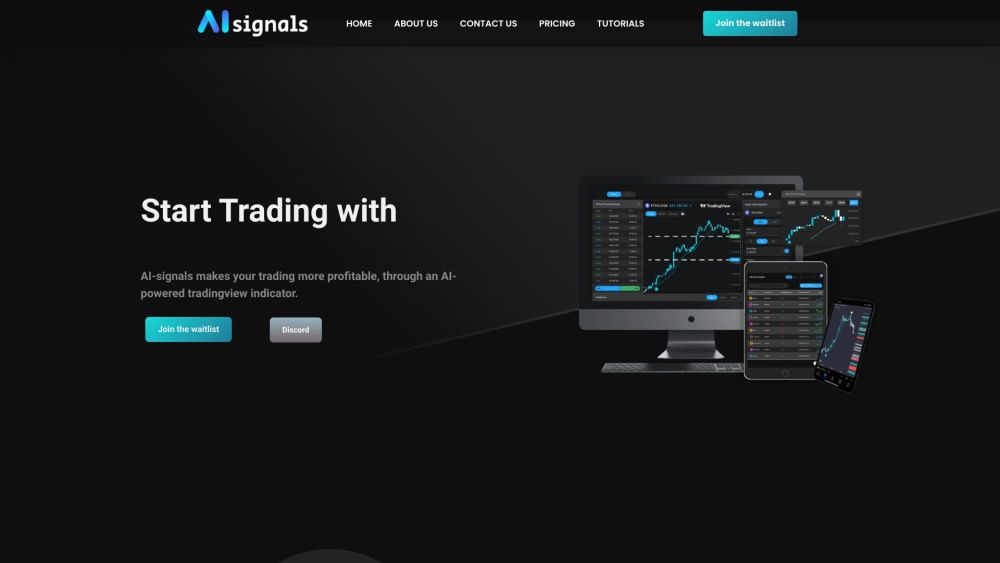Analyzing OpenAI's Financial Outlook: Insights from Recent Financial Reports
Recent financial documents indicate that OpenAI's financial outlook may be more optimistic than previously anticipated. These reports reveal crucial information, including the company's cash consumption and revenue forecasts.
Firstly, OpenAI's cash consumption is significantly lower than expected. In the first half of this year, the company utilized approximately $340 million while maintaining $1 billion in cash reserves on its pre-funding balance sheet. However, the documents suggest that cash consumption may sharply increase in the coming years.
Secondly, there is a notable disparity between OpenAI's cash flow and its losses. According to the latest data, the company's net loss for the first half of the year amounted to $3 billion. This difference largely arises from varying treatments of key expenses, such as equity compensation and computational credits, under standard accounting practices.
Analysts predict that OpenAI's total losses from 2023 to 2028, excluding equity compensation, will reach $44 billion. However, by 2029, projected profits are expected to amount to $14 billion. The documents also highlight that Microsoft takes a 20% share from OpenAI's revenue, surpassing market expectations.
In terms of computational expenses, OpenAI anticipates that the costs associated with model training will rise to $9.5 billion annually by 2026. To support these computational needs, the company may need to rely more heavily on its own funds. Additionally, Microsoft has prepaid some computational credits as part of its investment in OpenAI, alleviating some cash flow pressures.
Despite the potential for high expenditures, analysts believe that competitors may struggle to catch up to OpenAI's technological advancements. This suggests that if the durability of future models improves, OpenAI could decrease its computational spending.
Regarding revenue sources, OpenAI expects its flagship product, ChatGPT, to continue dominating income streams, significantly outperforming API sales. By the end of 2025, new product sales are projected to reach nearly $2 billion. While specific product details remain undisclosed, the company is reportedly developing agent products capable of handling complex tasks.
In terms of operational costs, OpenAI projects a gross margin of 41% this year, although this remains below the 65%-70% range typical for cloud software startups. An increase in gross margin is expected when revenue growth outpaces computational costs, with expectations for it to rise to 49% next year and reach 67% by 2028.
Additionally, employee expenditures are projected to grow significantly, estimated to reach around $700 million this year. With a focus on cost control, employee headcount is expected to increase, leading to a potential doubling in wage spending next year. Meanwhile, data costs are anticipated to decrease from $500 million to $200 million, reflecting a cautious approach toward future spending.
In summary, OpenAI is actively reshaping its financial strategy to navigate a rapidly changing market environment, laying the groundwork for future profitability.




